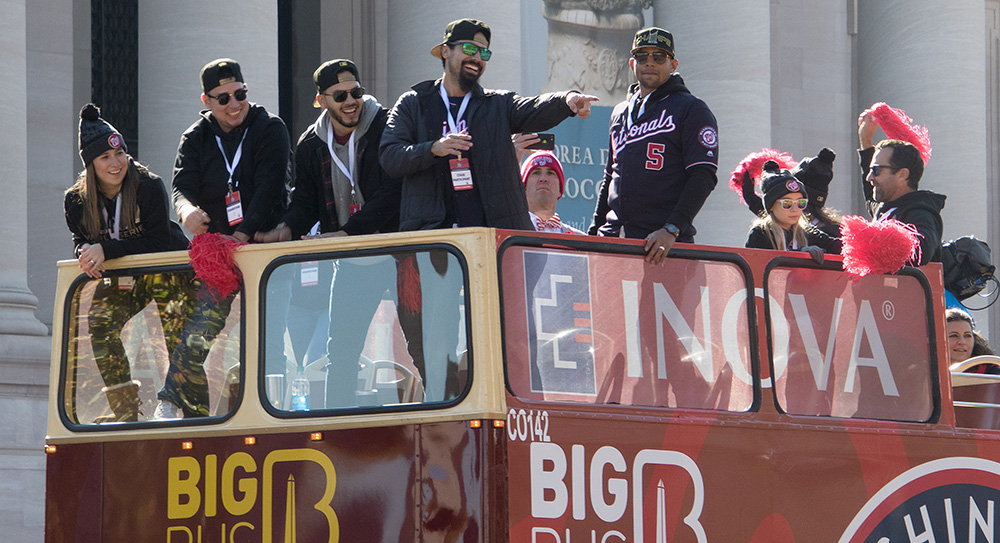2020 ZiPS Projections: Houston Astros
After having typically appeared in the hallowed pages of Baseball Think Factory, Dan Szymborski’s ZiPS projections have now been released at FanGraphs for eight years. The exercise continues this offseason. Below are the projections for the Houston Astros.
Batters
Let’s get the garbage receptacle in the room out of the way: there are no adjustments for sign-stealing related shenanigans baked into ZiPS. The simple truth is that the data to do so doesn’t really exist, and any adjustments made for an unknown effect on unknown players for an unknown amount of time would lack any precision. It’s one of those unknowables floating around in the aether that makes up part of the error bars.
Houston’s front-end offensive talent remains an absolute battering ram. The great players are, well, great, and there are few holes in the lineup, though there will be less offense behind the plate in 2020, and Gurriel’s age means he’s always a cliff-diving risk in any given season. Read the rest of this entry »

 Dan Szymborski
Dan Szymborski